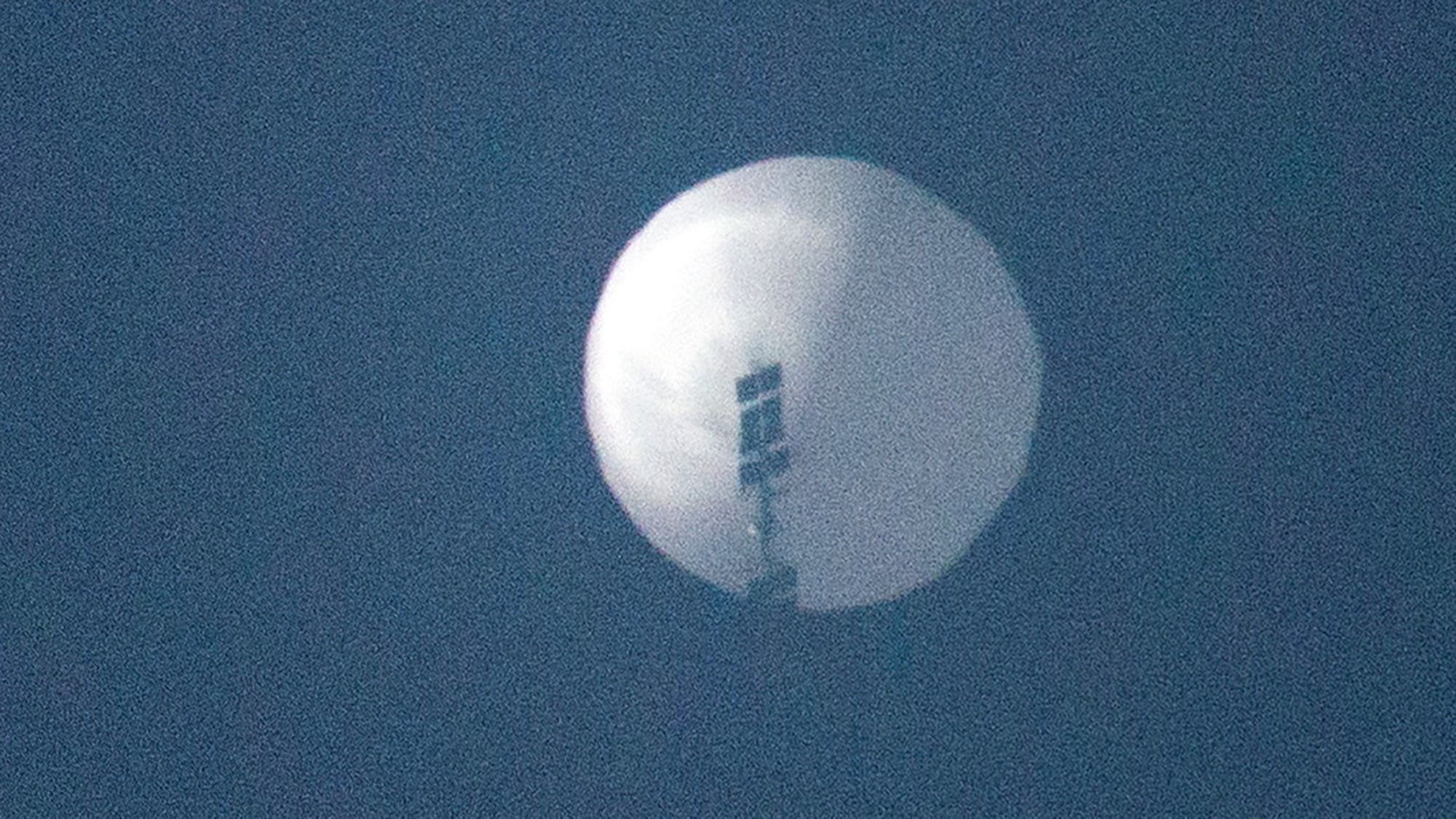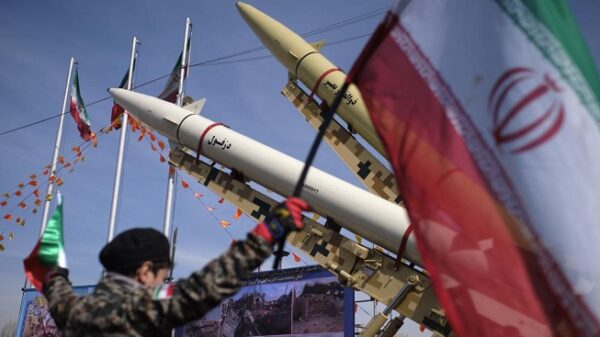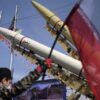Despite China’s claims that it was a wayward weather balloon, Washington, DC officials allege that a white orb that spanned the continental United States last week was a surveillance balloon employed by Beijing to monitor crucial spots.
Despite appearing to be an outmoded technology, the high-profile affair has heightened awareness of so-called “spy balloons” and their usage in modern espionage.
On Saturday, a Chinese balloon was destroyed by a US fighter jet off the coast of South Carolina.
The capabilities of the Chinese technology, according to officials, will be better appreciated throughout the recovery procedure.
The decision was criticised by Beijing as “an obvious overreaction and a grave breach of international standards,” adding to the political turmoil that had already forced Secretary of State Antony Blinken to postpone a trip to China.
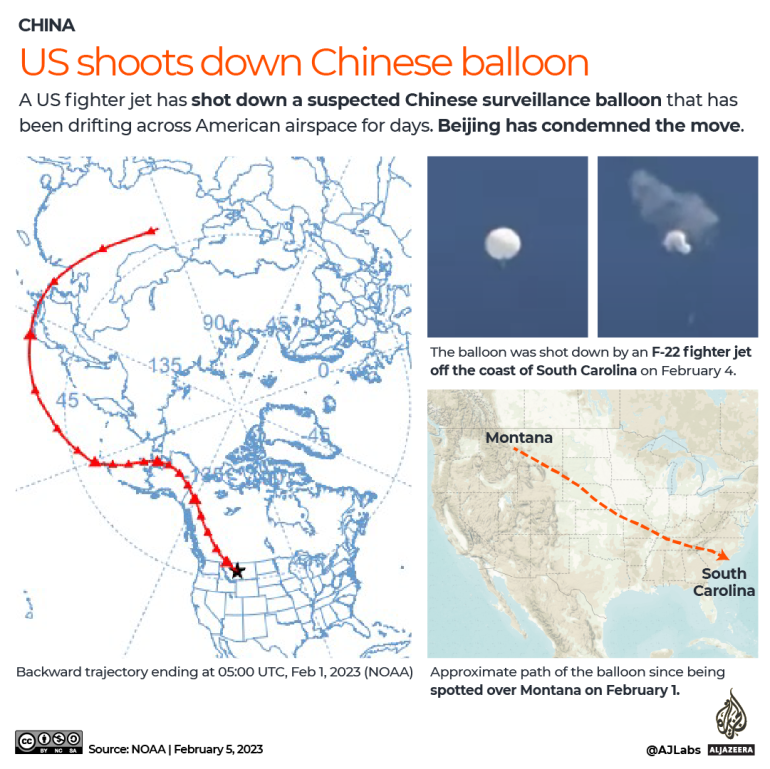
Why do governments use surveillance balloons?
Surveillance balloons, which are frequently sophisticated balloons furnished with cutting-edge, downward-pointing imaging gear, allow close-range monitoring in the satellite era, according to Iain Boyd, a professor of Aerospace Engineering Sciences at the University of Colorado Boulder.
Although the balloons can be outfitted with a “guiding device,” they are occasionally left to the whims of the weather.
Despite the fact that satellites are still the “preferred means of spying from above,” Boyd claims that lower-flying balloons, which hover at the same altitude as commercial airplanes, may routinely take finer images than the lowest orbiting satellites.
This is mostly due to the speed with which such satellites travel—they complete an orbit of the Earth in around 90 minutes.
Another type of satellite, according to Boyd, may rotate in sync with Earth, allowing it to collect continuous shots of one location; however, these satellites orbit farther from the globe and generally provide foggier images.
According to David DeRoches, a professor at the Near East South Asia Center for Strategic Studies at the National Defense University in Washington, DC, surveillance balloons can also be capable of “collecting electronic signals” and intercepting communications.
According to him, the Chinese balloon shot down by the US might have also been used to:
“gather information on what kind of signals [the US is] using to track it, so it could possibly identify and classify radar hits … which could be of interest if the Chinese wanted to actually launch an attack.”
What has the US said about the balloon?
According to US officials, the Chinese balloon, the size of three school buses, returned to US territory over northern Idaho on January 29 after entering the US air defence zone north of the Aleutian Islands in Alaska on January 28.
On January 30, it flew across Alaska and into Canadian airspace in the Northwest Territories.
Although they have consistently stated that the balloon was a “surveillance balloon,” they have not offered many details about the technology onboard it.
According to authorities, the balloon was found to contain motors and propellers, allowing it to be maneuvered.
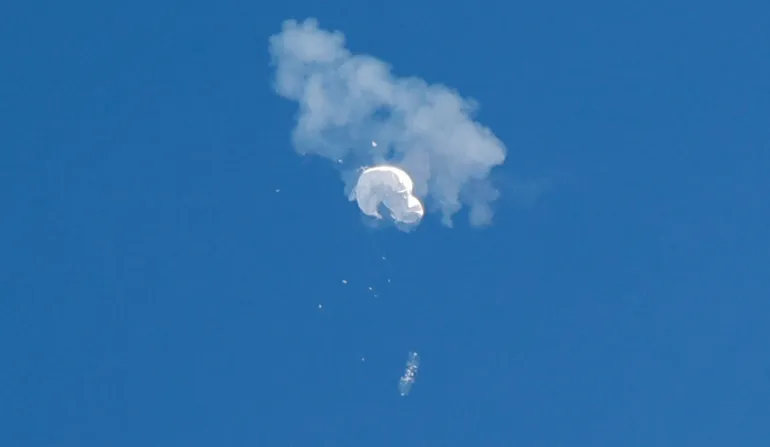
A senior defence official told reporters:
“We are confident it was seeking to monitor sensitive military sites.”
Officials have also insisted that the balloon posed no risk to people, property, or civilian air traffic and that preliminary assessments by US authorities revealed that it did not significantly improve Beijing’s “intelligence capabilities” over and above the government’s existing satellite surveillance assets.
Pavan Manzoor is an experienced content writer , editor and social media handler along with a track record of youth-oriented activities in Pakistan and abroad. She was selected as a fully-funded delegate as a leadership fellow in Turkey. She also led a team of 5 volunteers at the week-long Young Professionals Fellowship in Maldives. She is also a member of the Youth Standing Committee on Higher Education.


